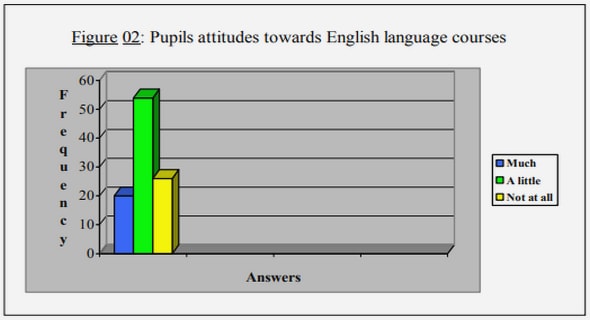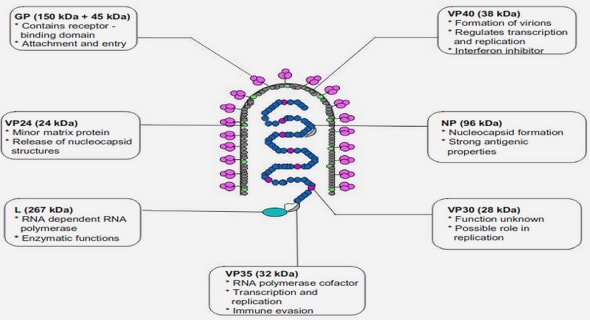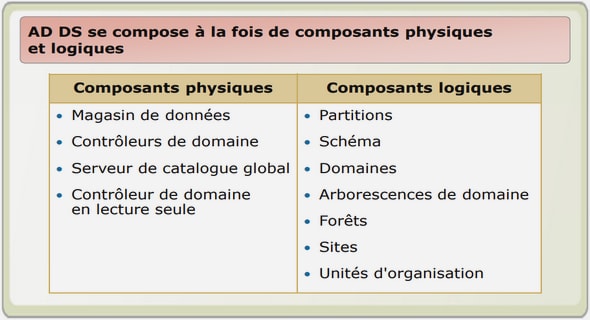Get Complete Project Material File(s) Now! »
Inter-regional climate variability
The variability amongst French region is leading to specific climatic conditions with different impact on the crops. Some authors classified the French regions; Joly et al. (2010) identified types of climates in France (Appendix 2). There is the mountain climate in the Alps, Pyrenees’ and massif central. In the west part of France, the oceanic climate gathered the North-West regions such as Bretagne and Normandy and the South-West. In the East, in Bourgogne, Lorraine and Alsace, there is semi-continental climate. The climate in South-East is called Mediterranean climate. Finally, in the central part of France, the climate is called oceanic degraded (Météo-France).
Characterization of climatic risk for a crop
Climate risks is defined as the combination between climate variability and the vulnerability of the crop which is mostly explained by the physiological properties of the plant and agricultural practices such as sowing dates (Castel et al., 2014).
In the context of climate change, the adaptation of agriculture is a central issue regarding the direct and indirect effect (pest and disease) of the climate on crop production (Holzkämper et al., 2013). This concern is one of the topics of a regional project called “Pour et Sur le Développement Régional” number 4 (PSDR-4) which is led by INRA, Irstea and Iffstar. At a larger scale, the European ABSTRESS project (2012-2017) is working on the resistance of legumes crops to both drought and fungal infection in a context of climate change.
Holzkämper et al. (2013) developed recently the ecoclimatic indicators in order to assess the abiotic risk both at phenological phases scale and at the whole development cycle scale. Agroclimatic indicators are based on climatic variables and become ecoclimatic indicators if based over a phenological period. They were defined by Holzkämper as phenophase-specific climate indices (2011). Such indicators enable the gathering of information about climate and phenology.
PROBLEMATIC
In a context of climate change, there is a need to update knowledge on climate risks in crop production. This is particularly important for the pea crop, since as being a legume crop, its introduction in agricultural systems is promoted by the Agroecology movement. Several different varieties of pea exist; consequently, the varietal features must be taken into account in the climate risk assessment.
The research question of this project is:
Which abiotic stresses are the highest threat for pea production taking into account phenological periods over the cycle of development, the climate in the French areas and differences in varieties?
It can be divided into the following questions:
– How to represent the current French climate?
– Is a phenological model appropriate to represent the phenological stages of pea for the current climate?
– Is the ecoclimatic indicators approach suitable to represent the climate risks for pea crop?
– Does this approach discriminate any differences between the regions and/or years and/or varieties? If yes, which stress represents the highest threat in each region and each pea type (spring and winter pea)?
In order to answer to this problematic, the purpose of the study is to end up with a global index of climate suitability, assessing climate risks on the cycle of development and crop growth.
MATERIAL AND METHODS
– We decided to test two spring varieties of pea with different precocities: Athos (early) and Lumina (late), and one winter variety of pea: Isard.
– The period of interest is recent past in order to represent the current climate over the last 25 years, from 1990 to 2014 included.
– The area of study is France; we identify minimum one site per region (except Corsica).
CLIMATE VARIABLES
Some climate variables are recorded automatically by weather stations operated by INRA and Météo-France (MF), thanks to appropriate instruments and equipment. The INRA database is named Climatik. Daily climate variables have been selected such as the minimum and maximum temperatures in degree Celsius (respectively TN and TX), the rainfall in millimetres (RR), the potential evapotranspiration in millimetres (PET) and the radiation in J/cm2 (RG).
The aim was to select one weather station per region but not all the 21 weather stations were available in the Climatik database. Consequently, some Météo-France stations have been added to complete the database with the following requirements: station of level 0 or 1 both giving daily measures with at least the variables: TM, TN, RR and RG. The table 2.1 presents the fifteen Inra stations and the six Météo-France stations, divided into four zones: North-West, North-East, South-West and South-East.
Firstly, an overview of the existing parameters in the literature was made. Jeuffroy et al. (2012) developed a phenological model as one module of the crop growth model AZODYN-pea The module is simulating the following stages of the ancient spring variety Solara: emergence (E), beginning of seed filling (BSF), final stage in seed abortion (FSSA) and physiological maturity (PM) (Biarnes et al., 2010). This module does not simulate the date of beginning of flowering (BF). The table 2.2 shows the parameters used in the AZODYN pea phenological model and the adaptation of the parameters for some winter varieties by Vocanson (2006).
For the statistical analysis of GICS, a multivariate analysis of variance (MANOVA) was conducted. The assumptions of independence of individus, normality of data, homogenity of variance and normality of residuals were checked using the adequate statistical test (respectively Bartlett or Levene tests for homogeneity of variances and Shapiro for assessing normality). In overall all the tests conducted in our study, the homogeneity of variances is not verified, neither the normal distribution of the residuals. The model is the following one y=β0+β1×1+β2×2+β3×3+ε where y is the dependent variable, x1, x2 and x3 are the independent variables, and i the number of independent variables. xi can be either one variable or a two way interaction. In our study, y is the GICS indicator and the independent variables were regions and/or varieties.
Moreover, in order if there is difference amongst variety and regions, one way-anova was conducted using a combination between variety and region as explicative variable In order to see if each effect has an influence on the dependent variable, either as a main effect or as two way interaction effect, the p-value was compared to the threshold of 0,05. In order to identify some groups, post hoc tests are computed. When the homogenity of variance was verified, a Tukey test was made. Kruskal-Wallis test were also realized, it is an non parametric test which does not assume the normality of residuals. Then, a multiple comparison is done using the package pgirmess in R (Siegel & Castellan, 1988). A dunn test could also have been made.
In order to see which EI impacted the GICS, a Principal Component Analysis (PCA) was conducted. PCA reduced the dimensionality of the data by identifying principal components, along which the variation in the data is maximal (Ringner, 2008). The principal components are linear combinations of the GICS and EIs. There are two steps. First the individuals’ study (Region*years) aims at highlighted differences and similarities amongst regions*years in order to gather individuals into groups. Individuals are plotted in order to see variabilities amongst them. Then, the variable’s study (EIs and GICS) aims at reducing the number of variables if having the same effect. 3 PCA have been realized, one per variety.
The years of study have been chosen after the climatic break happened in 1988 ($1.3.1). To assess the variability of the French climate, annual temperature and annual rainfall of some French regions have been compared. At the scale of France; the annual average TM is 11,3°C, the annual average TN is 6,9°C, the annual average TX is 16,3 and the average annual RR is 795mm (Figure 3.1).
– In Burgundy, Alsace and Lorraine, mean TMs (11°C in both Burgundry and Alsace, and 9.9 in Lorraine) are lower than the average value at France scale. Average annual rainfall over these seventeen years in Alsace is the lowest (542 +/- 127mm).These information are consistent with the description of the type 2 from Joly et al. (2010).
– In the West part of France, in Britanny and Pays-de-la-Loire, the weather stations are located in the type 4 oceanic degraded (Joly et al., 2010). They verify the specificity of temperature with annual TM close to 12,5 (11,4+/-0,5°C and 12,4+/-0,5°C) which is close to the average TM at France scale but annual rainfall are lower than 850 mm (725+/-121mm and 576+/- 117mm).
Table of contents :
1 CONTEXT AND PROBLEMATIC
1.1 Context of pulse crops in agroecosystems and Pea production in France
1.1.1 Legumes in Agrosystems
1.1.2 Pea production in France
1.2 Pea development, growth and yield component elaboration
1.2.1 Pea types
1.2.2 Pea architecure
1.2.3 Key stages and periods of Pea Development cycle and yield component elaboration
1.2.4 Effect of climate factors on pea development and modelisation of flowering
1.2.5 Genetic factors influencing pea development
1.2.6 Pea growth
1.3 Abiotic factors limiting pea production
1.3.1 Temperature
1.3.2 Water deficit
1.3.3 Others abiotic stresses
1.3.4 Synthesis of abiotic stresses affecting pea yield elaboration
1.4 French climate characterization and climate risk for a crop
1.4.1 Climate evolution and inter-annual variability in France
1.4.2 Inter-regional climate variability
1.4.3 Characterization of climatic risk for a crop
1.5 Problematic
2 MATERIAL AND METHODS
2.1 Climate variables
2.2 Phenology of the pea crop
2.2.1 Choice of the phenological model for pea
2.2.2 Calibration of the phenological model
2.2.3 Simulation of pea phenological stages for the current climate
2.3 Ecoclimatic indicators approach
2.3.1 Ecoclimatic indicators (EI)
2.3.2 Global Index of Climate Suitability (GICS)
2.4 Statistical analysis and figures establishment
3 RESULTS & DISCUSSION
3.1 Representation of the french climate
3.2 Characterisation of phenophases of pea for the current climate in France
3.2.1 Calibration of phenological parameters
3.2.2 Test of the phenological parameters
3.2.3 Simulation of phenological stages for the current climate at France scale
3.3 Current climate risks for pea crop in France
3.3.1 Construction of the tree made of ecoclimatic indicators
3.3.2 Creation of Global Index of Climate Suitability (GICS)
3.3.3 Climatic risk from the Global Index of Climate Suitability (GICS) analyse
3.3.4 Characterisation of Ecoclimatic indicators (GICS) and their impact on the global index of suitability.
3.3.5 Validation of the approach assessing crop climate risks with ecoclimatic indicators
4 CONCLUSION AND PERSPECTIVES


